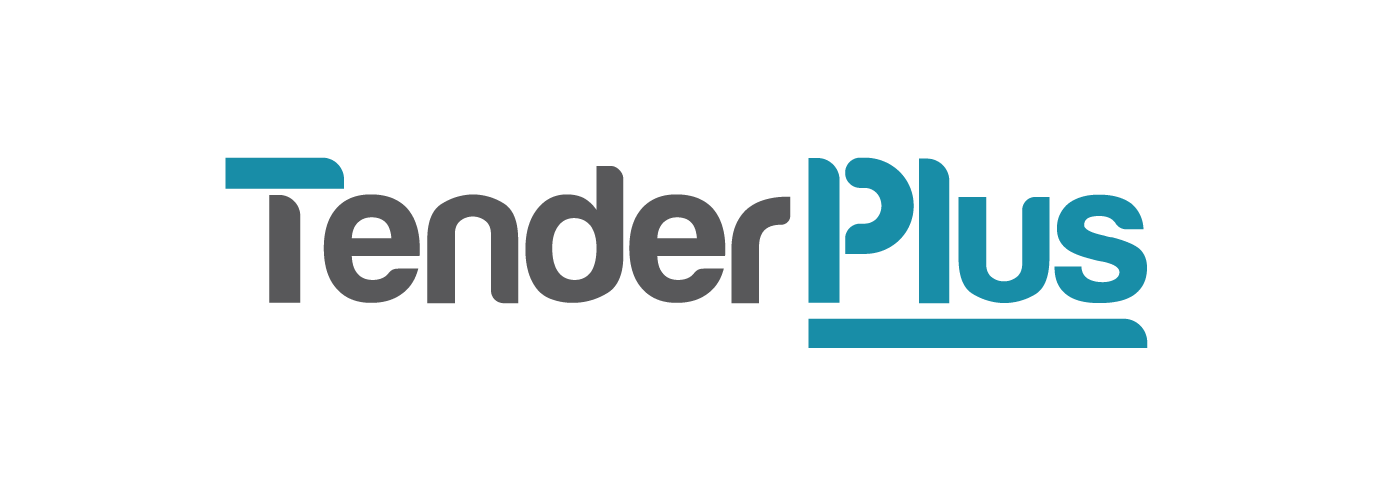Don’t sleep on the importance of tender libraries
By Demie Tan, Tender Specialist, Perth.
Tendering can be stressful.
From writing, reviewing, and coordinating, you might find yourself juggling various tasks throughout the submission process. It can get overwhelming.
Which is why as professionals in this space, we should always advocate for ways to make tendering more efficient. And one way to achieve this is by developing a tender library.
I see a tender library as home to a compilation of documents that serve as base content which can be personalised for each submission. Having this written content at your disposal, it’s timesaving at its best. You can also now spend a bit more time on ensuring you have a fully compliant and client-focused bid.
So how does one build a tender library from the ground up? I’ve narrowed the process to seven steps.
Step 1: Identify content
First, identify regularly utilised responses throughout different tender submissions. For example, case studies, CVs, the organisation’s best practice methodologies and industry-specific processes. A content library is built around this, allowing you to shift your focus on the unique requirements of each new tender.
Step 2: Determine the framework
The next step is thinking about how to best structure the tender library. What is an effective way to organise the information you have compiled? This can be simply creating a folder hierarchy for each category or sector to make it easier to locate specific documents.
Step 3: Establish document templates
Start creating your document templates once you’ve decided on the overall structure of the tender library. I love creating templates with headings and sub-headings to organise the information I must include for each document.
Step 4: Identify gaps in content
Once you have an outline for each document, make an initial assessment of the information you have included to determine if there are any gaps in information that future submissions can benefit from. The goal is to elevate what we already have, putting ourselves in a better position.
Step 5: Consult Subject Matter Experts
Organise a time with Subject Matter Experts (SMEs) to fill in the information gaps you’ve identified. Their insights will help strengthen the content for your tender library.
Step 6: Draft documents for review
Draft your documents with all the information you’ve gathered thus far, ensuring your writing is clear and confident. Have the documents reviewed by the SMEs within the agreed timeframe and make any necessary revisions.
Step 7: Save approved documents
Once the SMEs approve the final documents, save them in an easily accessible location such as SharePoint. Alongside adopting a specific naming convention, ensure each document is formatted and includes clear guidelines for their use (A reminder that it should be used as a draft and will require customisation to address the needs of each tender).
You now have a tender library with reliable information at your fingertips. It is now imperative that you manage this effectively. Set a schedule to review your documents once every few months to ensure information is still relevant. If you come across new content in a current submission that you think will benefit future submissions, feel free to add it to the library too.
Here’s to making tendering more efficient!
